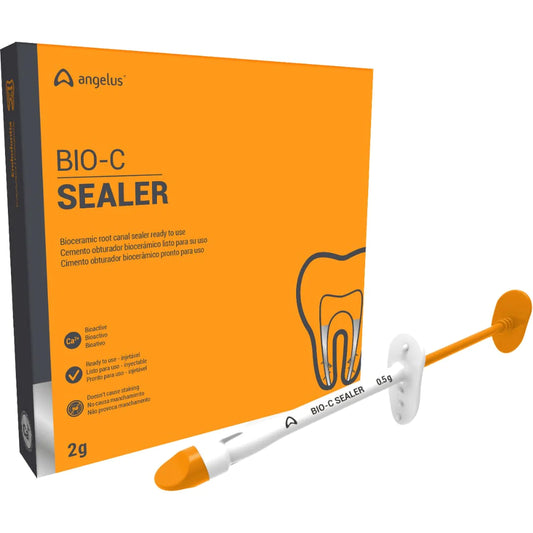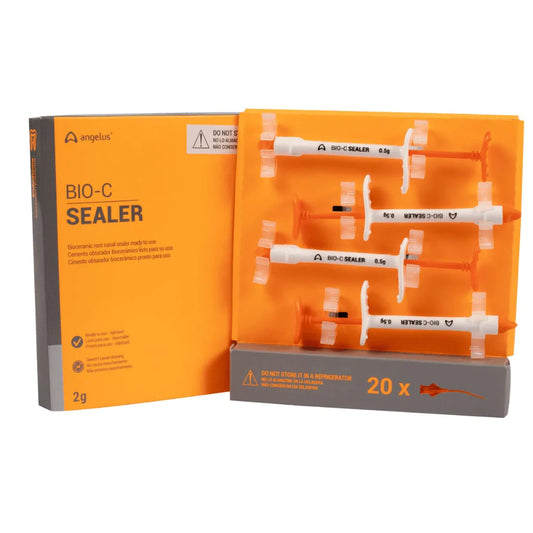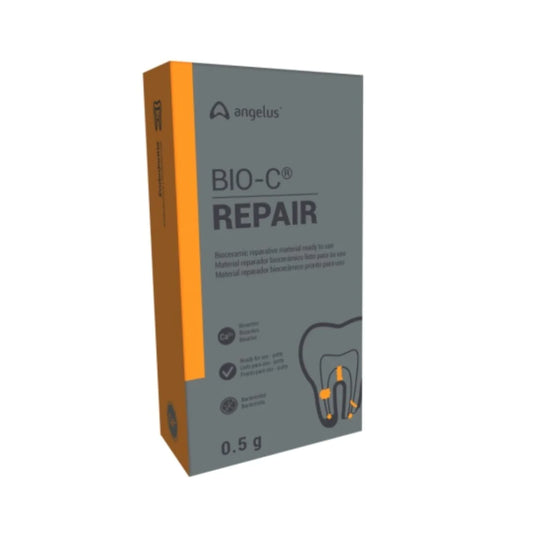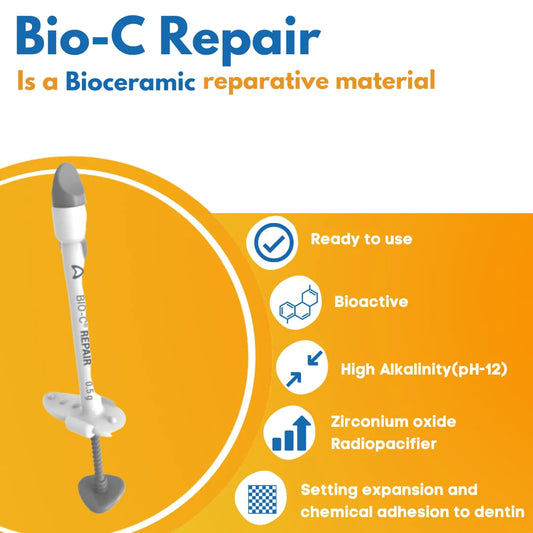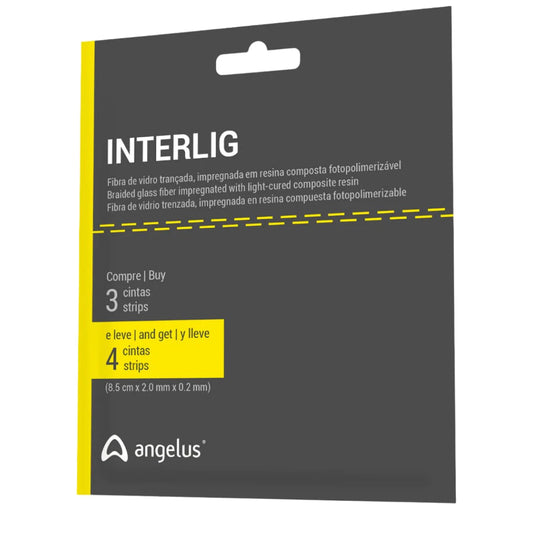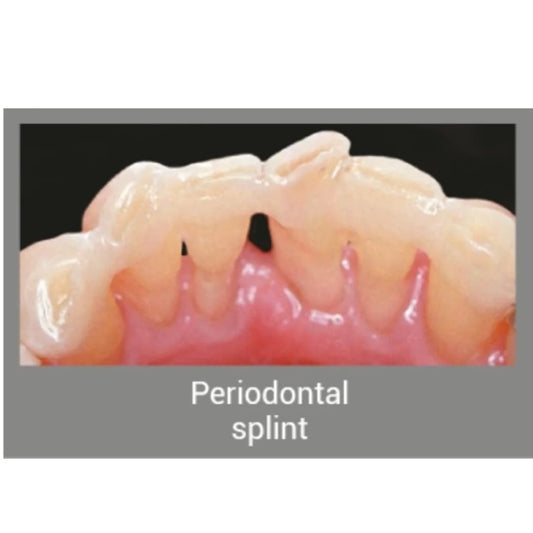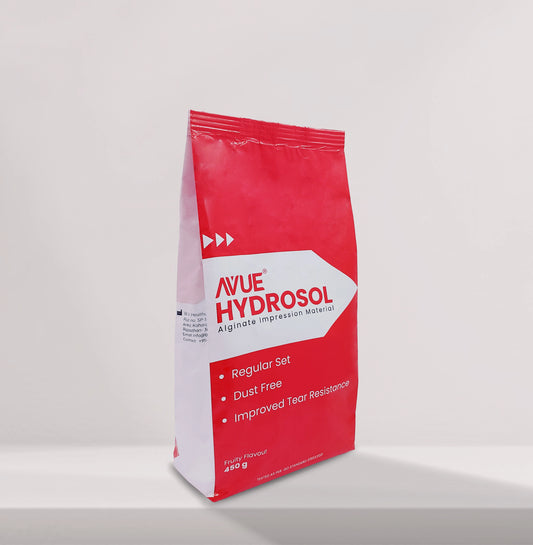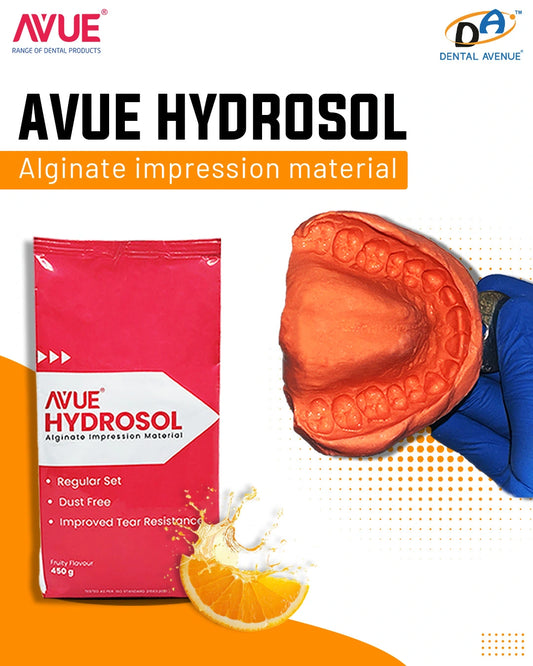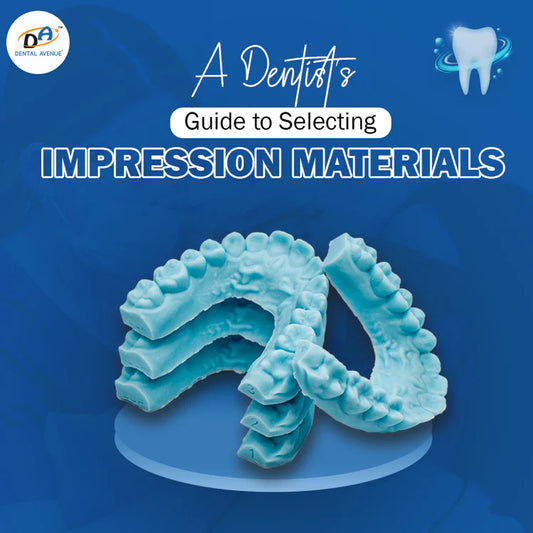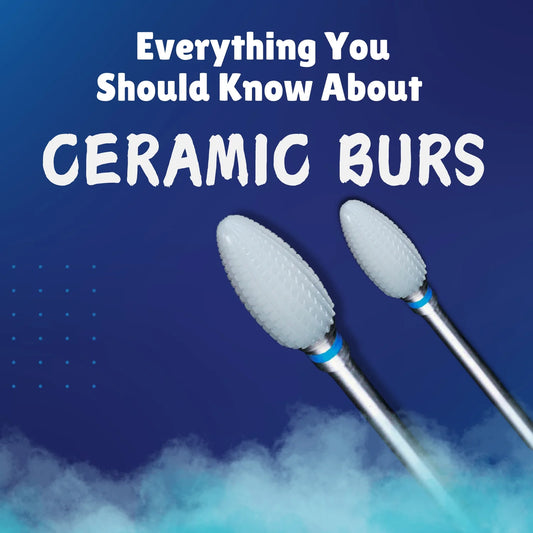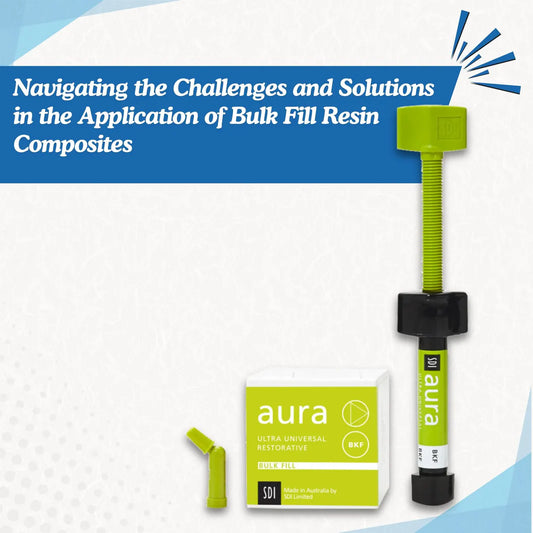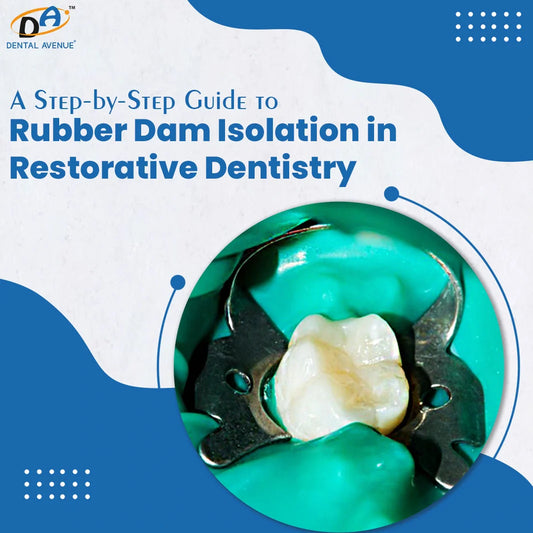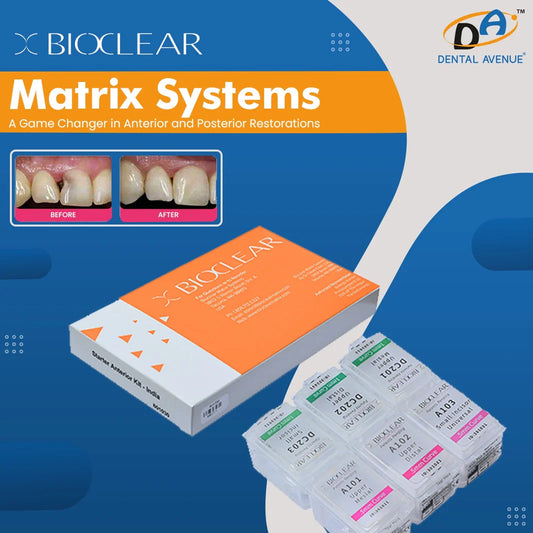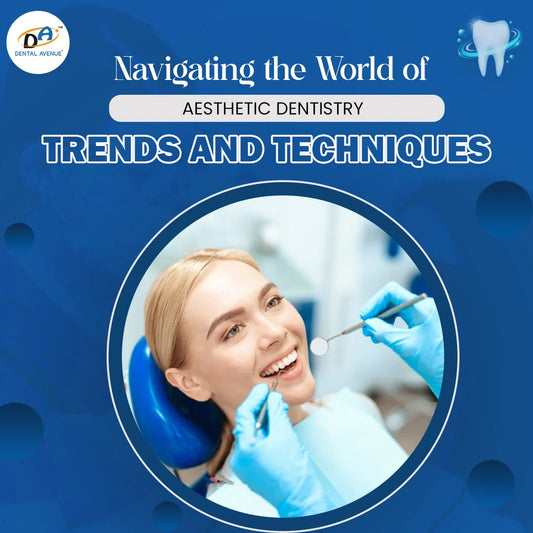Introduction
With ongoing advances in denture materials, digital workflows, and clinical technology, prosthodontic treatments have become more predictable and efficient. For dental professionals, choosing the right type of denture means evaluating retention needs, esthetic priorities, and long-term comfort, while also staying current with modern fabrication methods.
Park C. A comprehensive narrative review exploring the current landscape of digital complete denture technology and advancements. Heliyon. 2025;11(2):e41870
Patil SB, Chandel A, Chandel D, Mahajan M, Maurya R, Wankhede N. Advances in dentures: novel polymeric materials and manufacturing technologies. Res Rev J Dent Sci. 2023;11(3):52-57
1. Complete Dentures (Complete Denture Types) (CDs)
Definition: Complete dentures are full-arch prosthetic appliances used to restore function and esthetics in completely edentulous patients (artificial teeth types). They rely on mucosal support and retention from the alveolar ridge and soft tissue seal.
Materials Commonly Used:
-
Heat-cured PMMA resin (traditional)
-
CAD/CAM PMMA discs (digital milling)
-
3D printable photopolymer resins (for try-ins and final delivery)
-
Fibre-reinforced PMMA (for added strength)
Pros:
-
Cost-effective and non-invasive
-
Good aesthetic results with skilled customization
-
Can be fabricated digitally or conventionally
-
Easy to adjust and relign
Cons:
-
Relies heavily on the ridge anatomy for retention
-
Can become loose over time due to ridge resorption
-
Functional limitations in patients with xerostomia or poor neuromuscular control
2. Removable Partial Dentures (RPDs)
Definition: RPDs restore one or more missing teeth while preserving the remaining dentition. They are removable by the patient and can be metal-based or flexible.
a) Metal Framework RPDs
Materials:
-
Cobalt-Chromium (Co-Cr) alloy
-
Titanium (for hypoallergenic or lighter-weight cases)
Pros:
-
Strong, long-lasting framework
-
Rigid design allows better occlusal control
-
Can be relined or modified as teeth change
Cons:
-
Visible metal clasps (aesthetic limitation)
-
Complex lab work; higher cost than flexible RPDs
-
May cause tooth wear or discomfort with poor design
b) Flexible (Thermoplastic/Nylon) RPDs
Materials:
-
Polyamide/Nylon thermoplastics
-
Some newer PEEK<Polyetheretherketone> has emerged as a high-performance polymer in RPD frameworks, offering superior biocompatibility, chemical resistance, and reduced weight compared to conventional metal alloys{Stawarczyk et al., 2013; Schwitalla & Müller, 2013}
Pros:
-
Excellent aesthetics—gum-colored clasps
-
Comfortable and lightweight
-
Hypoallergenic and monomer-free
Cons:
-
Cannot be relined easily
-
Less stable for long-span or posterior cases
-
Susceptible to deformation under heat or stress
3. Implant-Supported Overdentures
Definition: These are removable dentures retained by 2–4 implants. They combine soft tissue support with implant anchorage and are ideal for patients with poor mandibular retention.
Attachment Systems:
-
Locator attachments
-
Bar-and-clip systems
-
Magnets
Pros:
-
Improved retention and chewing function
-
Reduces bone resorption in edentulous jaws
-
More patient satisfaction vs. conventional CDs
Cons:
-
Requires a surgical procedure
-
Higher initial cost
-
Ongoing maintenance of attachment systems
4. Hybrid Prostheses (Fixed Detachables)
Definition: These are non-removable, implant-supported full-arch prostheses that use an acrylic denture base over a metal bar or framework. Unlike overdentures, these cannot be removed by the patient.
Materials:
-
Titanium bar + PMMA base + acrylic/composite teeth
-
Optional zirconia frameworks for high-end cases
Pros:
-
Excellent function and aesthetics
-
More durable than overdentures
-
Easy repair and maintenance (vs. full-zirconia arches)
Cons:
-
Precision fit is critical—CAD/CAM bar fabrication required
-
Complex and time-intensive workflow
-
Requires excellent oral hygiene and regular checkups
5. Digital Dentures
Definition: These are complete dentures (artificial teeth material) designed and fabricated using digital technology, including intraoral scanning, digital design (CAD), and 3D printing or milling (CAM).
Digital Denture Workflow Includes:
-
IOS or impression scanning
-
Virtual tooth arrangement
-
Base and teeth fabrication (monolithic or bonded)
Materials Used:
-
Milled PMMA discs (high strength, good polishability)
-
3D printed denture base resins
-
Pre-fabricated or printed teeth libraries
Pros:
-
Fewer appointments, faster turnaround
-
Digital record allows for quick remakes
-
Consistent quality and less operator variability
Cons:
-
Difficult to scan edentulous arches with mobile tissue
-
Requires software and equipment investment
-
Post-processing steps are critical for 3D-printed options
Popular Porcelain Denture Teeth
Ceraform Porcelain Teeth
Premium porcelain denture materials known for their natural aesthetics and high durability in both functional and implant-supported restorations.
Emax Porcelain Teeth
Includes two main subtypes: Emax Zirc (lithium zirconia) and Emax Press (hot-pressed lithium disilicate). Offers very high strength (~1300 MPa), excellent aesthetics, and great resistance to discoloration.
Nacera Porcelain Teeth
High-end all-ceramic line from Germany, delivering ~1400 MPa of strength, exceptional translucency, and a lifespan of 20–30 years
✅ Material Comparison Table for Prosthesis/Dentures
|
Material |
Used In |
Pros |
Cons |
|
PMMA (Acrylic) |
CDs, Hybrid, Digital Dentures |
Esthetic, cost-effective, easy to adjust |
Brittle under impact, can stain over time |
|
Co-Cr Alloy |
Metal RPDs |
Strong, rigid, corrosion-resistant |
Esthetically poor, heavy, higher cost |
|
Nylon (Thermoplastic) |
Flexible RPDs |
Esthetic, flexible, monomer-free |
Not reliable, may deform with time |
|
3D Printable Resin |
Digital Dentures |
Fast production, customizable |
Requires curing, limited long-term data |
|
Fibre-Reinforced PMMA |
High-performance CDs |
High impact resistance |
Higher cost than basic PMMA |
✅ Denture Selection: Pros & Cons Summary
|
Denture Type |
Best For |
Major Pros |
Key Limitations |
|
Complete Dentures |
Fully edentulous patients |
Non-invasive, cost-effective |
Retention is dependent on the ridge form |
|
Metal Framework RPDs |
Posterior missing teeth |
Strong, durable, customizable |
Less aesthetic, more technical |
|
Flexible RPDs |
Short-span, aesthetic needs |
Comfortable, gum-colored clasps |
Non-repairable, lacks rigidity |
|
Implant Overdentures |
Poor mandibular retention,Fully edentulous patients |
Excellent function, implant support |
Maintenance required, surgical cost |
|
Hybrid Prostheses |
High-function fixed cases |
Highly stable, aesthetic |
Complex fabrication, hygiene sensitive, Surgical & prosthesis fabrication cost |
|
Digital Dentures <can be CD/RPD or implant-supported > |
Fast and Quick turnaround, data storage |
Efficient, reproducible, scalable |
Scanning limitations, CAD/CAM, Intraoral scanner, etc, are required. |
Dental Products & Equipment That Drive Success
Behind every great denture is the right combination of materials and machines.
🔹 Dental Products :
-
High-impact PMMA discs for milling
-
Flexible RPD materials (nylon, PEEK)
-
Attachment systems (locator kits, bars, magnets)
-
3D printable base resins and artificial teeth fixing
🔹 Dental Equipment:
-
Intraoral scanners with edentulous capture support
-
Model scanners for analog-to-digital workflows
-
5-axis milling machines for base and bar fabrication
-
DLP/SLA 3D printers with dental-specific slicers
Pro tip: Combine digital scanning with traditional impression scanning when soft tissue mobility complicates IOS accuracy.
Final Thoughts: Choosing the Right Denture Starts with the Right Tools
As the field of prosthodontics evolves, dental professionals must balance tradition with innovation. Selecting the appropriate type of denture—and knowing which dental products and dental equipment to trust—can drastically improve clinical outcomes.
Frequently Asked Questions (FAQs)
- A: Flexible partial dentures are praised for comfort due to their pliable, gum-colored bases and lack of metal clasps.
- For optimal stability, implant-supported or overdentures offer the strongest retention—especially snap-on types anchored by implants or roots.

